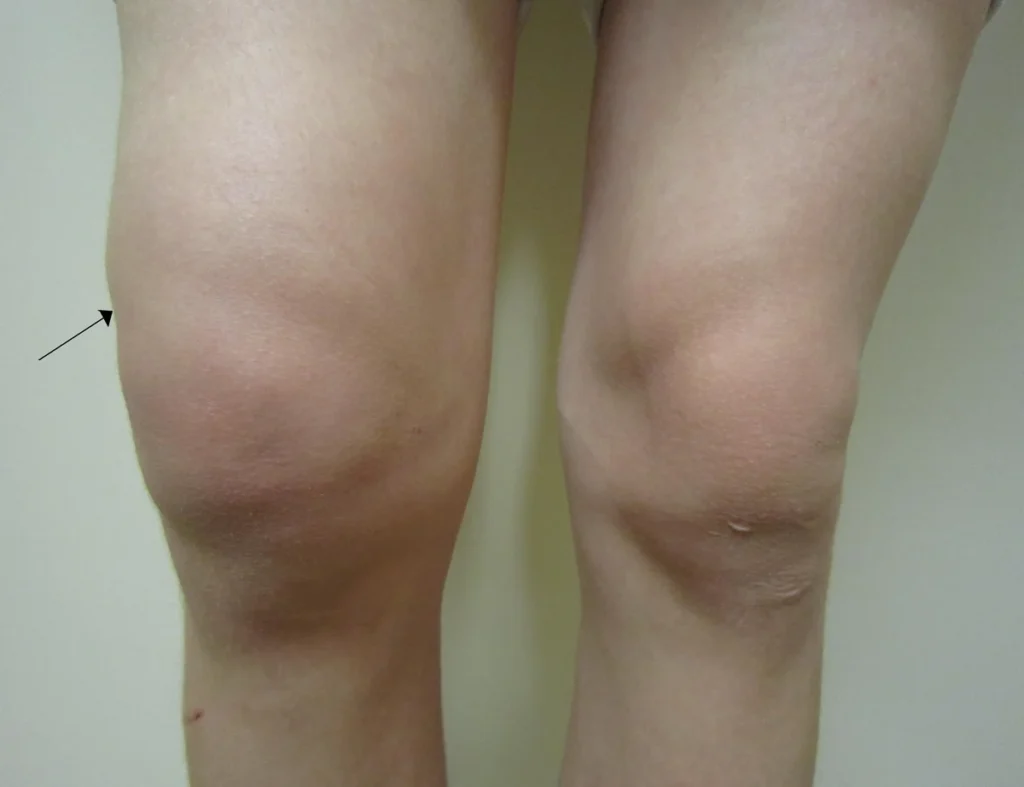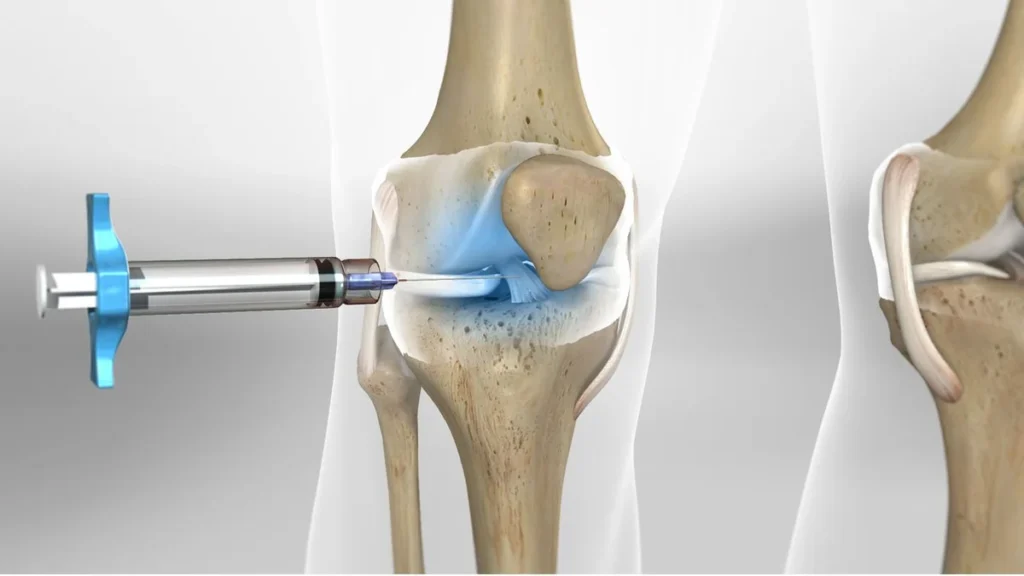Frozen shoulder, or adhesive capsulitis, is a condition where an individual experiences severe restriction in shoulder movements accompanied by pain. This condition is more common in individuals aged between 40 and 60 years and is more prevalent in women.

Possible Causes of Frozen Shoulder
The exact cause of a frozen shoulder is not clear, but in all cases, the joint capsule of the shoulder becomes thickened and tight, leading to severe movement restrictions.
Anatomy of the Shoulder Joint
The shoulder joint consists of several different joints, the most important being the glenohumeral joint. This joint is formed by the combination of the glenoid cavity and the head of the humerus. The joint fluid is responsible for lubrication and nourishment of the joint.
Changes in the Joint Capsule
Sometimes, the joint capsule may become thick and tight, which can prevent the free movement of the head of the humerus in the glenoid cavity. These changes cause a loss of elasticity in the joint capsule, leading to severe movement limitations.
Predisposing Factors for Frozen Shoulder
Certain factors can increase the risk of developing a frozen shoulder, including diabetes, thyroid disorders, Parkinson’s disease, brain surgeries, cervical disc hernia, breast cancer surgeries, heart diseases, and psychological conditions such as depression or anxiety.
Symptoms of Frozen Shoulder
The primary symptom of a frozen shoulder is vague pain and severe limitation in the movement of the shoulder joint. This pain is usually felt in the outer part of the shoulder and sometimes in the arm, intensifying with shoulder movement.

To make an appointment or get an online consultation with Dr. Nader Motallebi Zadeh, Limb lengthening surgeon, proceed here.
Stages of Frozen Shoulder
Frozen shoulder progresses through three stages:
- Initial Stage: This stage begins with the onset of shoulder pain, which gradually intensifies. Shoulder movements also become progressively limited. This stage can last from 1 to 9 months.
- Frozen Stage: In this stage, the pain gradually decreases, but the limitation in movement persists. This stage can last from 4 to 9 months.
- Thawing Stage: During this stage, shoulder movements may gradually improve. This stage can last from 5 to 25 months.
Diagnosis of Frozen Shoulder
The diagnosis of this condition is usually based on the patient’s medical history and physical examination.
Treatment of Frozen Shoulder
The condition usually resolves within two to three years, but the following treatments are recommended to expedite recovery:
Non-Surgical Treatment:
- In the early stage, use of anti-inflammatory medications and warming the shoulder to reduce pain.
- Performing stretching exercises under the guidance of a physiotherapist to restore the range of motion to the joint.
- Injection of corticosteroid drugs into the shoulder joint if severe pain prevents exercise.
- Use of nerve blocks in more severe cases.
- Shoulder manipulation under anesthesia if there is no improvement.
- Treating psychological issues such as anxiety and depression, can aid in the treatment of frozen shoulder.
Surgical Treatment:
- If non-surgical treatments are not effective, arthroscopic surgery may be performed, which involves creating incisions in the joint capsule to increase its expansion and movement.

To make an appointment or get an online consultation with Dr. Nader Motallebi Zadeh, Limb lengthening surgeon, proceed here.
Thank you, dear readers, for studying this article. Please share your comments or experiences regarding frozen shoulder with us.



